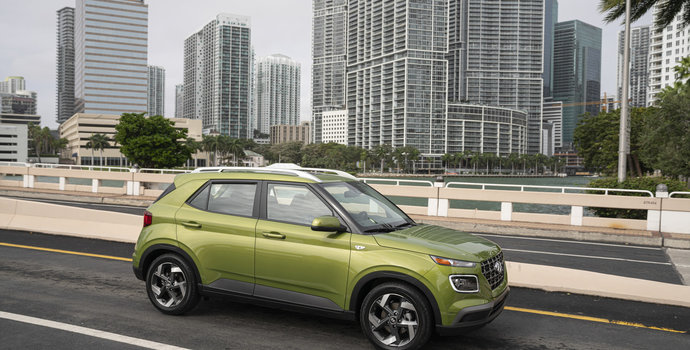Why Wax Your Car
When mulling vehicle maintenance tips, waxing your car should be a major consideration. After washing your vehicle and getting all that winter-related grime off, you should look into applying thin coats of wax to your car’s paint. By doing this, you add a protective layer to your paint, providing a shield against extreme weather.
Just like you would do if you were going to the beach and needed to use sunscreen to keep away the UV rays, your car deserves the same treatment. By applying wax on your car’s paint, you form a barrier preventing those UV rays from damaging it. It prevents discolouring, fading, and oxidation, all common effects of sun damage.
Waxing also prevents water spots from appearing on your car after it rains, and it rains quite a bit in spring. When it rains, water builds up on your car’s paint. Once the water evaporates, the dirt and contaminants filling the water will be sapped into the paint, damaging its finish bit by bit. Using car wax will cause this water to roll off your car, removing the dirt and contaminants that accompany it.
Furthermore, wax gives your vehicle a high-gloss, showroom-like finish that will make it look almost new.
When to Wax Your Car for Best Results
It makes more sense to wax at this time of year than closer to the winter when you consider the elements. During the fall, especially if you're in a home surrounded by trees, chances are that decomposing leaves will fall on top of your vehicle. These leaves are difficult to remove, and the substances that ooze out of them can damage your car paint. And, of course, as mentioned with the winter conditions, you’re dealing with so many harsh elements that can take quite a while to clean off.
As a result, giving your car a nice waxing in the springtime will prepare you for the tough elements to come. There’s greater visibility given the longer days and brighter weather to be able to spot any chips and unusual marks. Giving it that added layer of protection now will have you prepared for the months ahead. Plus, with the sun shining and temperatures ranging from the teens to the twenties during spring, there’s less worry that your car will be under siege by extreme weather elements.
You should wax your vehicle every few months to keep that shiny effect going for as long as possible. Waxing can be done either when you take your car outside for a wash or at a car wash, so it gets a more comprehensive cleaning.
Your Car Will Be Protected from Airborne Contaminants
Though air quality does improve in the spring, there are still a fair bit of airborne contaminants to be aware of during the season. Air pollutants in the spring, such as pollen, are out there, and if you leave your car unprotected, it can wreck your paint.
Acid rain, bugs, droppings, and other corrosive materials can also settle into your paint causing extensive damage, leaving you needing your Hyundai repainted. By waxing your car, you prevent this extensive damage and financial headache from happening.
Wax Fills in Scratches and Prevents Paint Chips
Though wax will not remove scratches on your vehicle, it can fill some of them in and make them less apparent, especially shallow scratches. Now that you’re driving in clearer conditions, everything becomes more obvious. By waxing your vehicle, any marks or scratches left behind due to the winter conditions are less visible than before. This is a smarter option than having to remove the scratches as this prevents your clear coat from being removed.
As mentioned, waxing prevents paint chips from happening. Even though visibility and driving conditions improve due to the drier conditions, small paint chips occur if you’re driving at high speeds or stones hit your paint. By applying car wax, you reduce the friction between debris and your car, making such debris slide off your car rather than stick to the paint.
Make Sure You Pick the Right Time of Day to Wax
The best time to do any waxing during the spring is in the evening. Because spring temperatures can sometimes run close to what you’re accustomed to in the summertime, the evening is the safest time. You should allow your car wax to dry properly and fully in the darkness before taking it into the midday sun. By applying it in the evening, your wax product will remain thin enough, so it becomes easier to apply. If you choose to do so earlier, don't do it if it's too hot because the wax won't stay on for long.
All-in-all, spring is a good time to wax your car because you can see what you're doing, the shine effect will last a bit longer, and you're more prepared for the later months. Plus, you won't have to worry about air pollutants or rain dampening your mood.
These car maintenance tips ensure the best possible Hyundai car care for your vehicle as you give it a proper spring cleaning.







